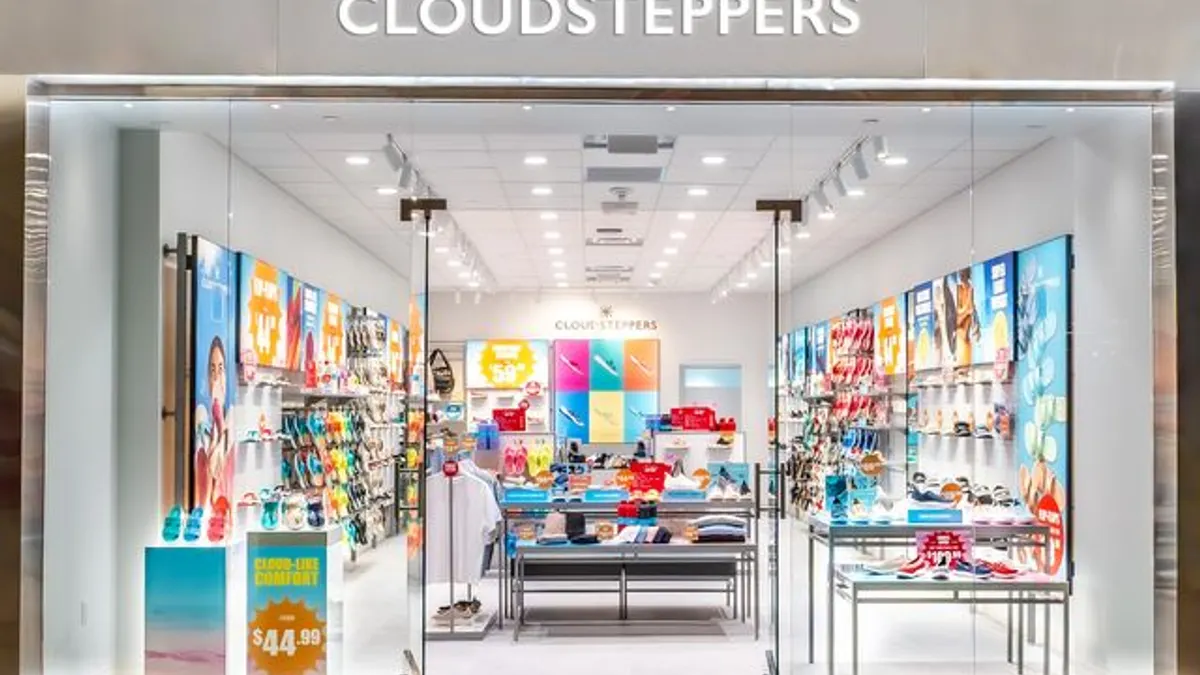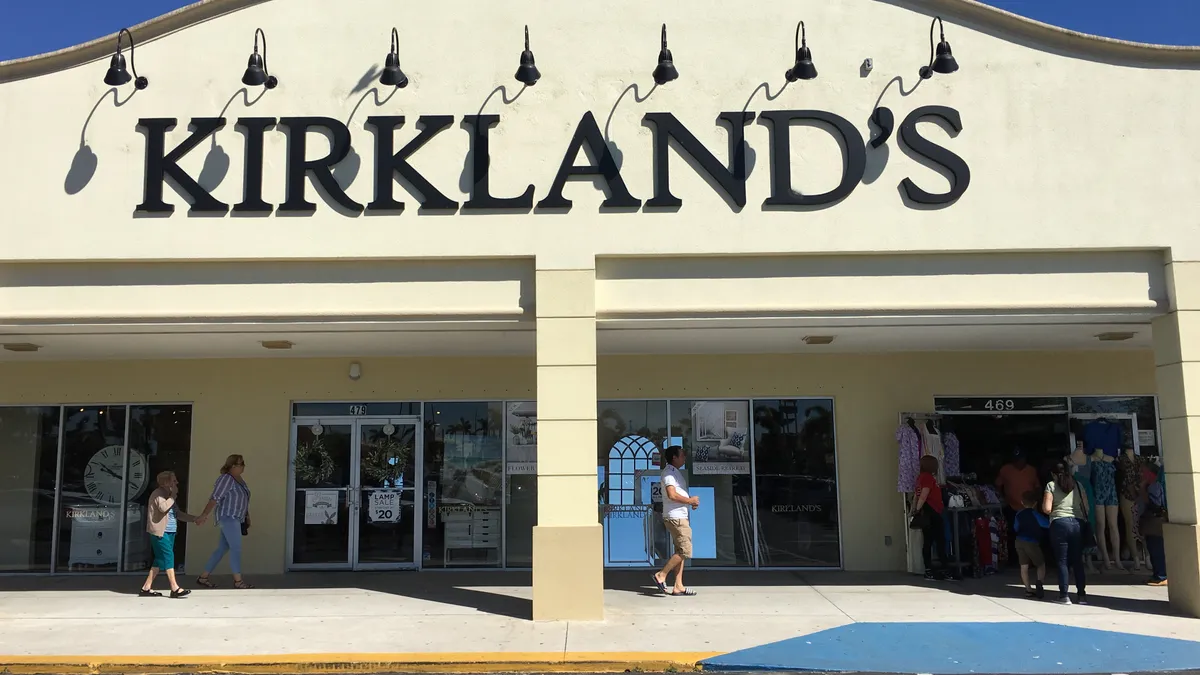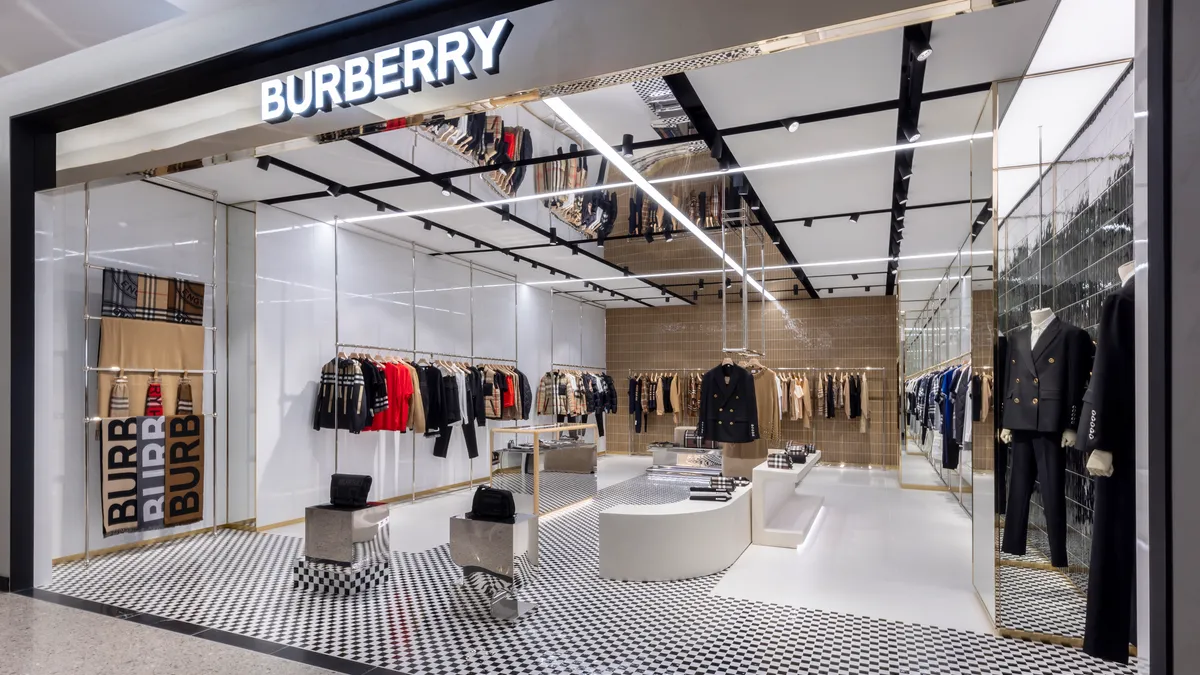Small businesses are bracing for a holiday season of shipping headaches, too.
While large retailers have been responding strategically to get products to shoppers this holiday season, local crafters, makers and entrepreneurs have been thinking tactically for months about the same issues as their mainstream competitors.
"We are in for a wild ride," said Katie Stack, owner of leather goods company Stitch & Rivet, regarding shipping this season.
While the public may understand recent reports of supply chain problems and shipping delays, something that may not be fully understood is that shipping logistics are different for small sellers. Large retailers bulk up on seasonal employees to expedite fulfillment, yet many small businesses are doing all of that work by themselves, or with a shoestring staff.
Additionally, Amazon and other national retailers have shifted expectations on how quickly items will arrive at a buyer's home, which can be very difficult to meet as a small seller. Once a product is out of the door and on its way to a client, there is no controlling what happens next.
Sellers like Stack are expecting another version of what happened during the unpredictable 2020 holiday season. "Shipping was really all over the place," Stack said of that time. "I would ship an item, for instance, that was scheduled to arrive in Massachusetts, in say three to five days. But then for some reason it would end up in California."
Prepping for the peak
There were warning signs of a potential shipping snafu emerging as far back as this summer.
In July, UPS said demand during the peak season of 2021 was expected to exceed capacity by about 5 million pieces per day. To mitigate the rush, UPS is adding capacity prior to the holidays, including 2 million square feet of additional sorting space and more cargo aircraft.
On its latest earnings call, the company touted its cooperation with its largest companies to navigate some of the congestion. "We began collaborating with our largest customers several months ago and we'll stay in close contact with them during the holiday shopping season," UPS CEO Carol Tomé said on the company's Q3 earnings call last week. "Our technology allows us to match daily capacity with customer demand. And where we need to, we will again control the amount of volume that enters our network."
The company also announced surcharges in order to keep up with rising demand. That's significant because, as of the second quarter, small- and medium-sized businesses in the U.S. made up over 27% of the company's total revenue — up from 20% last year.
And UPS isn't the only company that has instituted peak shipping surcharges. Over the summer, the U.S. Postal Service announced it would temporarily raise commercial prices from Oct. 18 to Dec. 27 in response to "increased expenses and heightened demand" for e-commerce parcel delivery.
In August, the USPS Office of Inspector General suggested that the organization should develop a plan to communicate disruptions to customers to prevent issues that occurred last year. "The Postal Service's mission is to provide the nation with reliable and affordable universal mail service," the report said. "When facilities exceed capacity and cannot effectively process mail, it affects their ability to meet the mission."
FedEx followed in the footsteps of its competitors, announcing it would institute surcharges for peak season from Oct. 4 through Jan. 16 in order to keep service levels high.
"We are entering another holiday peak season during which we expect continued high demand for capacity and increased operating costs across our network," FedEx said in a statement at the time of the announcement. "We again anticipate the surge in residential volume to carry over into the new year." Last year, FedEx went as far to say that peak surcharges are "the new normal" because the company anticipates a continued high volume of shipments due to e-commerce.
All of this matters because, just like major retailers, shipping expenses cut into the bottom line for small businesses. And those companies, especially mom-and-pop shops or small crafters, don't have the clout or scale to negotiate with these services on price.
"It will be worse for small retailers as they often don't meet the shipping volume quotas," Gautham Vadakkepatt, director of the Center for Retail Transformation at George Mason University, said in emailed comments. "Indeed this holiday season can be make and break for many of them due to rising pricing, labor shortages, and supply chain problems. On the flip side, due to almost certain shortages, there will be greater demand for products that small retailers carry, which can present growth opportunities for them."
Cindy Liebel, founder and designer of Cindy Liebel Jewelry, is anticipating those price increases will impact operational costs. "The cost to ship on top of the increased surcharges, it does take a huge bite," Liebel said. "I have added an additional dollar to shipping charges on my website to help cover that cost."
And, it's not just about the cost of shipping. Small business owners have to think about packaging materials, some of which are difficult to obtain right now. Stitch & Rivet's Stack keeps a separate storage unit full of shipping supplies.
"A bunch of my eco-mailers had gone out of stock earlier this year, and so when they came back in stock over the summer, I ordered thousands and thousands of them so that I wouldn't have to worry about it," she said.
Liebel also stocked up on shipping supplies in late August and early September. "The company I purchased my shipping supplies from sent an email out sometime in August letting us know about price increases," she said. "I went ahead and decided to stock up. I took a look at my numbers from the previous season ... to get an idea of how much I use and to make sure I had enough of it."
Liebel added that small businesses may not have the funds on hand to pre-order supplies, or there may be delays because packing materials are coming from overseas.
Etsy, a marketplace for makers and crafters, recently published a guide for its merchants regarding holiday shipping, which the company will continually update through the season as new information becomes available. The resource spells out cutoff dates for major carriers, and says surcharges will automatically be reflected in the price of shipping labels purchased on Etsy.
The platform is also encouraging sellers to add holiday cutoff dates to shop announcements and listing descriptions, and to update shipping profiles with their mail carrier, class and zip code. "We'll combine that info with your processing times to show shoppers an estimated delivery date so they can feel confident their gifts will arrive in time for all the festivities," the company said.
Shipping may be a particular point of consumer frustration, according to the "Quickbooks Commerce Small Business Shopping Report" by Intuit, which found it to be the biggest challenge for more than a quarter of customers who have shopped with small businesses online.
Yet, there are a number of things that small businesses can do to help with that friction. "Ask yourself how far you're willing to ship orders," Shilpa Reddy, vice president of QuickBooks Commerce at Intuit, said in emailed comments.
Reddy also suggests that companies need to understand consumer expectations around speed and cost, and to consider flat shipping rates. "You might end up paying additional shipping on larger orders, but the smaller orders that cost less than $5 to ship will help you break even." Small businesses can also think about what they want to achieve with an unboxing experience when customers receive orders, Reddy noted, saying it is an "opportunity to surprise and delight."
Even with the looming logistics of shipping for all retailers, consumers are primed to support companies that are local. Most (93%) of shoppers say that supporting small businesses this holiday season is more important than ever because of the pandemic, and nearly half (48%) are more likely to try new businesses than they were before the pandemic, per the QuickBooks report.
Is in-store the shipping alternative?
While retailers of all sizes are gearing up for a heightened season of shipping, they are also considering a likely alternative — pushing customers to come to their stores for pickup.
During 2020, BOPIS services saw a dramatic increase. Retailers that previously didn't consider it as a viable fulfillment option scrambled to put together systems for curbside and buy online, pick up in store services.
It worked. The relative ease of picking up products at store locations, not having to wait for the mail and the ability to have contactless service shifted consumer behavior. A year ago, buy online, pick up in store and curbside services increased by 75% — a spike fueled in part by concerns about timely holiday fulfillment.
And those services are forecast to continue to be an important part of the shopping experience and a means to bypass shipping altogether. A recent Coresight Research report forecast that this year over 21% of holiday shoppers expect to use curbside and nearly 18% anticipate in-store pickup.
Retailers are therefore building upon what they already constructed or enhanced in 2020. Target recently added new features to streamline its order pickup, drive up and same-day delivery services, and Walmart extended delivery hours until 10 p.m. and added delivery windows during the holiday season.
"The work of local artists and makers is not sitting on a cargo ship."

Katie Stack
Owner, Stitch & Rivet
Amazon also made a play for a brick-and-mortar delivery option. Last week, the e-commerce giant launched Amazon Local Selling, a service that is geared toward small- and medium-sized businesses. Shoppers can now select same-day pickup at a seller's local store, or opt for delivery in specific zip codes.
Small business owners that have brick-and-mortar locations can of course use their stores as a fulfillment center of sorts, too. But, what about those artists that work in small studios, or do not have the physical space to hold products?
Many are getting creative about their take on "curbside pickup." Stack, who works out of her home in Virginia, will be offering two pick-up appointments in Washington, D.C., and one in Baltimore, Maryland, during the season.
"I think people are going to want to pick up," she said. Stack is also encouraging customers to order by Nov. 4 to guarantee on-time delivery. "I feel like that's what the last 18 months has been about — how can you creatively manage what is going on?"
Liebel is considering collaborating with a local business so her customers can pick up items as well. Her website allows customers to choose the shipping carrier they prefer, and her bi-weekly newsletter has a tab to let customers check on updates regarding shipping deadlines.
Liebel has other creative solutions for those concerned about their packages arriving on time, including telling customers to print out an image of their product as a placeholder gift or she can create a certificate so it's still "kind of wrapped up."
But, as Stack points out, local businesses may be a perfect overall solution for a holiday season potentially steeped in shipping delays. "The work of local artists and makers is not sitting on a cargo ship," she said.
Etsy agrees. In a blog post published last week, CEO Josh Silverman said Etsy's marketplace is reliable, and most of its sellers don't rely on complex supply chains to create products. "The average Etsy seller works from home without complex overseas production lines and fulfillment requirements, and their supply chain looks a lot more like locally-sourced raw materials and two hands," he wrote.
That means 2021 may prove to be a great year for local commerce. "This year is a great year for people who maybe have never bought something from the little store down the street to think about doing it," Stack said.























